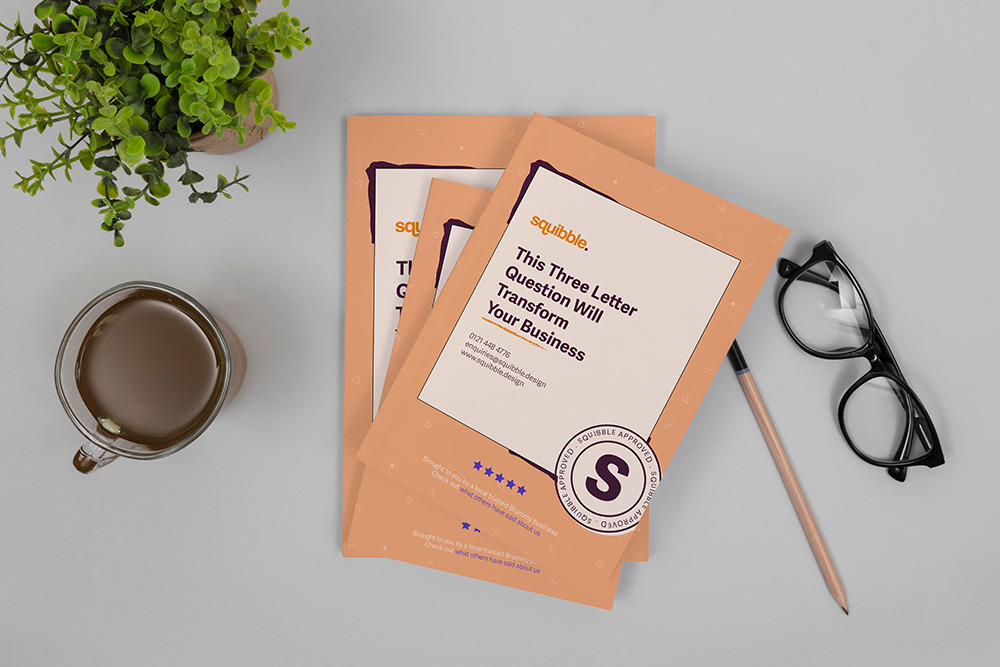3 reasons you should stop posting on social media

We all know the networkers or roll up and offer their business cards before even asking for your name. And how do you react? By stuffing the business cards in the bottom of your bag or worse in the bin.
Their opportunity to make a lasting impression has been wasted. Had they taken the time to listen to what you do and who you are they would have kept their cards and moved onto the next person; thus saving time and not to mention the embarrassment.
You don’t know your target audience
This brings me onto my first reason. Generally businesses like to take advantage of the sales opportunities that are available via social media. If this is you, unless you have a solid understanding of who your target audience is, then don’t share another sales post, discount code or product pitch.
It’s a waste of time! Everybody is ignoring you, they’re scrolling past your post as we speak.
Instead, spend some time getting to know your customers. Sit with your team and talk about who you love working with or what type of person buys your product most. You can then start to shape your ‘ideal customer’ or customer persona’s.
Create 3 customer persona’s and start talking to the customers you want. Your customer persona should be more than just demographics, you want the real nitty gritty of their challenges.
If you can understand what compels them to buy and what emotion they’re feeling when they do you can start to craft the prefect sales message.
You don’t understand the buyer process
“Emotional-connection-driven growth opportunities exist across the customer experience, not just in traditional brand positioning and advertising.
For example, social media can have a big impact on emotional connection. One condiments brand found that 60% of its social-network-affiliated customers (especially followers on Facebook, Twitter, and Pinterest)—versus 21% of all customers—were emotionally connected. It accelerated growth in a matter of months by increasing its focus on its social media network, developing its online customer community, and pointing customers to the website for recipes and promotions.”
Harvard Business Review
This shows that in todays marketplace sales are driven by emotion.
Once a customer has identified a need or a problem they start to research. What information do you share with them at this stage. Do you go straight for the sales pitch, discount code or offer of the month?
Sharing any of these, without the supporting content, will not result in a sale. At this stage your customers don’t trust you. You’re the business card networker. Meanwhile, your competitor has listened to what they want and is already counting their money…

Your brand doesn’t exist
“Ahh but how do you build a brand without posting on social media” I hear you say. “We need to grow our business by posting to potential customers”….. No you don’t!
At least, not until you have nailed the first 2 points and then you can start to build your brand. After all “brand is what people say you are”. So what do people say about you?
A great place to start is testimonials and reviews. What better way to build trust then through reading what other similar people have experienced. This is just the tip of the iceberg. Not sure what to do now? Start researching and asking questions….
We're a creative branding agency and love a good challenge. If you feel like you don't know where to start and some of the points above resonate with you then book a free 30-minute consultation call. We can help you get started and you'll finish the call with a ready to go plan of action.
Related Posts

Brand evolution – why branding is important in marketing design.
We were sitting in the office last week discussing the Boots branding and why it had never been updated. It got me wondering and I wanted to explore its history and evolution. Boots is one of Britain’s best loved brands. Built on 170 years of heritage, the Boots brand has evolved from a small herbalist … Read more
User Experience vs User Interface
User Experience vs User Interface Dropping the terms UX or UI into a casual conversation is a surefire way to stop it in its tracks, but if you’re a business owner, you ignore these two design principals at your peril. User experience (UX) and user interface (UI) design are critical components of successful digital product … Read more
How to Build Brand Consistency into Your Digital Design
From managing budgets to researching competitors, marketing managers do it all. With so much on your plate, it’s easy to forget the basics, but brand consistency should never be overlooked. According to the 2022 Consumer Research Report, companies with established brand consistency could expect customers to pay a whopping 46% more for a brand they … Read more

